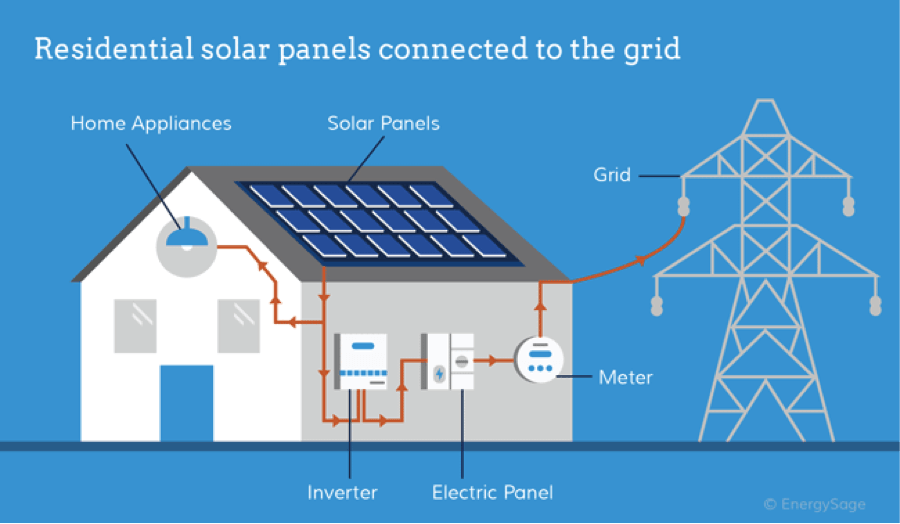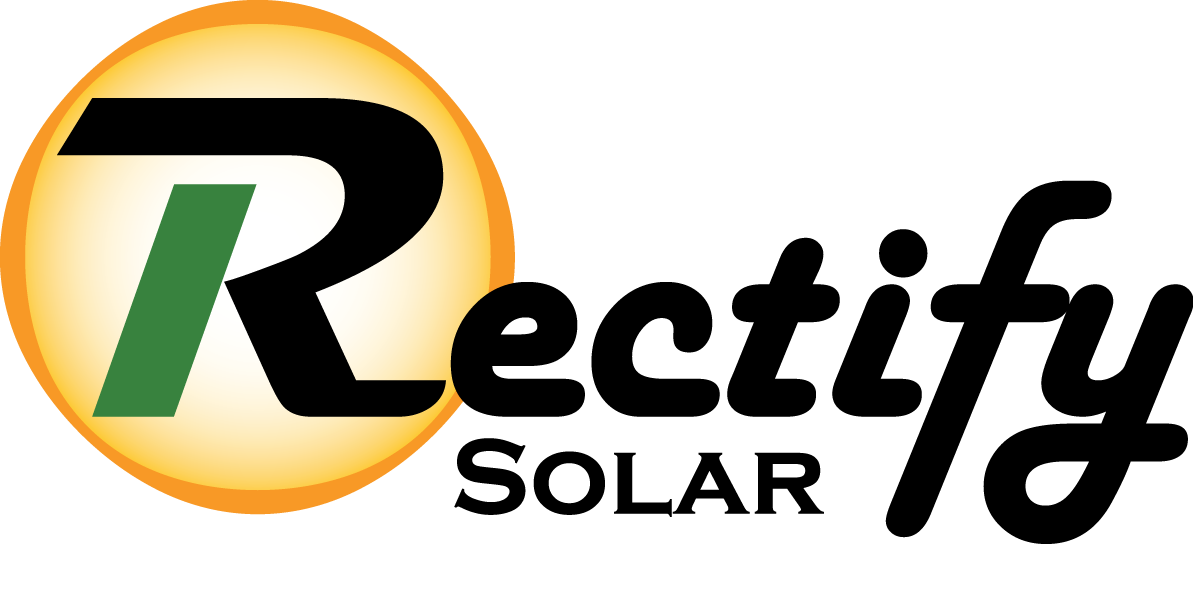
A solar inverter takes the DC electricity from the solar array and uses that to create AC electricity. Inverters are like the brains and the heart of the system. Along with inverting DC to AC power and pumping the power throughout your home, they also provide ground fault protection and system stats, including voltage and current on AC and DC circuits, energy production and maximum power point tracking.
In the US, the grid-tied inverter is the standard inverter, which has an Anti-Islanding feature integrated. This feature turns off your inverter during a grid failure to ensure that no power is being pushed into the grid. This is a safety precaution to protect utility lineman.

The Generac inverter is a hybrid inverter. A hybrid inverter is one that has an “islanding” feature so that when the grid goes down you are not without power. Also, a hybrid inverter will allow a battery to be installed with it, as well as give you power when the grid goes down unlike your standard grid tie inverters.
When you decide to explore a solar panel system for your home, you can think about the different options available for inverters. In some cases, especially those homes with net-metering available, a grid-tied inverter will function just fine to realize the enormous benefits of going solar. In other cases, it is worth evaluating if a hybrid inverter is best for the home. You would want to consider that if you experience frequent power outages or do not have net-metering available through your utility.
To learn more about grid-tied inverters, read this article
To learn more about hybrid inverters, read this article
If you are unfamiliar about how net-metering works, read this article




